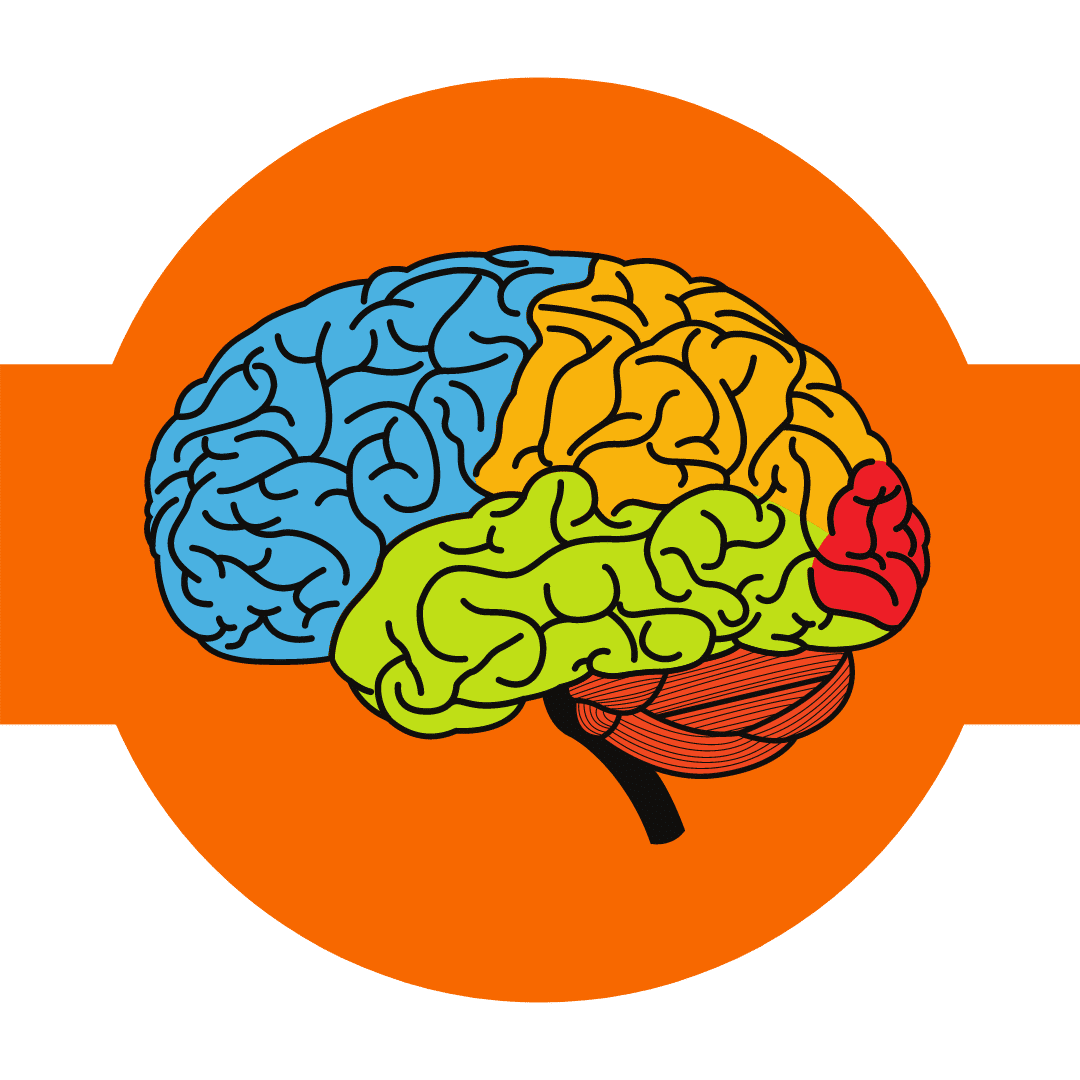
By: Baylee B., Medical Student
Mercer University School of Medicine
Hey, kiddos!
I know you’re all probably in the thick of summer activities and are hopefully enjoying getting outside in the sunshine and fresh air, even during this pandemic. You’re likely outside playing baseball or football, swimming, riding bikes, playing games, and all the other fun things that the summer brings. Hopefully, while being active, you and your friends are remembering to do a very important thing – protect your BRAIN!! Your parents have likely told you to wear a helmet while you’re riding your bike, skating, or playing certain sports like baseball and football, but do you know why? Though they can be bulky, sweaty, and sometimes annoying to wear, those helmets are actually really important for protecting the most critical organ inside your body!
The brain is incredibly cool- it tells your hands how to give high fives, your legs how to walk. It interprets what your eyes see, what your ears hear, what you smell, taste, and touch. It tells your body when you’re in danger and when you’re safe. Most importantly, it makes you YOU – your thoughts, dreams, ideas, feelings, and personality- all those cool traits that make you unique come from your brain.
These different actions of the brain can be “mapped” to different regions, which we call lobes of the brain (see the image). Your vision actually happens in the back part of your brain farthest from your eyes called the occipital (“oss-SIP-it-ul”) lobe. For example, your eyes can see a tree in your backyard, but the eyes themselves don’t know what the tree is. They send a message, sort of a picture of the tree, to the occipital lobe. This part of your brain thinks about that message and says, “oh yeah, I know what that picture means – it’s a tree!”. You should wear a helmet that fits you well, so that if you fall backward, the occipital lobe is extra-protected.
On both sides of your head, under your ears, are regions called the temporal (TIM-poor-ul) lobes. It makes sense for these lobes to be near the ears because they help you understand what you hear and speak – it’s the language areas of your brain! The ears take in sound, like a beeping car horn or your favorite song, and your temporal lobes tell you what that sound means. When your ears hear the sound of your mom’s voice saying, “Come inside, it’s going to rain!” your temporal lobes translate that so the rest of your brain can understand it. Then, it helps you speak and say, “I’m coming!”. It also sends that message to the rest of your brain, so you walk inside the house. Pretty cool, right? That’s why your helmet should cover around your ears to protect those language areas called the temporal lobes.
The parietal (“par-EYE-ett-ul”) lobe helps you do two really important things: One is to feel what we call “sensations” and the other is to move your muscles. The first part means that if you touch something soft, like your dog’s fur or a blanket, the message is sent all the way from your hand up to this part of your brain. The second job of the parietal lobe is to help you move so you can pet your dog, shoot a basketball, or run across the yard. This region helps control and direct all of your muscles to move. Seems like some functions you don’t want to lose, right?
The last lobe of the brain to talk about is the frontal lobe. All that makes you unique hangs out in this area of your brain, including your personality, thoughts, ideas, and making choices. This lobe makes us different from each other and allows us to have deep emotions and complex thoughts. Within a few minutes, you can solve a hard math problem, make a choice about what you want to do after school, and comfort your friend if they are upset. This is because of the many abilities of your frontal lobe! It makes you special!
The entire brain is covered by many bones, all of which make up the skull, also known as the cranium (“crane-ee-yum”). Some bones are flat and fairly big. Others are tiny and fragile. Your skull like a helmet you keep on all the time. It’s there so simple things like lightly bumping your head or resting on a pillow does not bruise or hurt the soft brain. Just like the bones in your arms and legs, though, your skull can be injured and broken. That’s why we need extra protection with helmets when we do activities where our heads could get seriously hurt, like getting hit by another person, a hard ball, or the ground when we’re riding bikes or skateboards. That’s why parents and teachers constantly tell you to “be careful!”. It’s not to keep you from having fun, but to protect you so that brain and body of yours can have safe fun for much, much longer.
Your brain is important because YOU are important!!
If you have questions for Baylee B. you can email her at info@georgiaruralhealth.org
Download a printable version here: Protecting Your Brain June 2020
